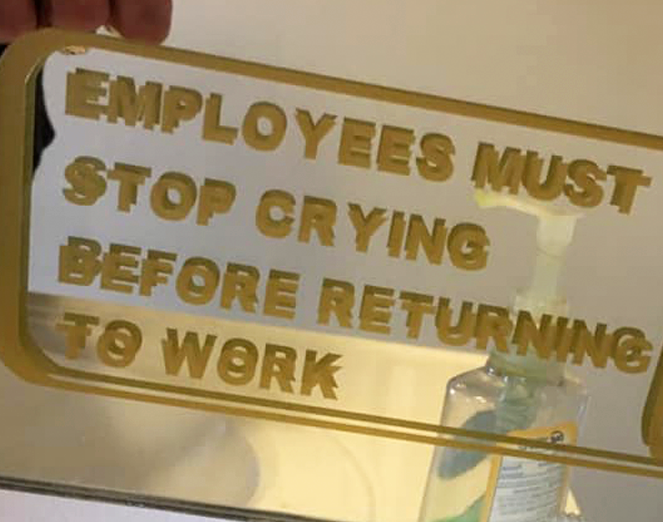

It was just like a clueless captain to say “energize” as if that’s going to magically make it work. Like, I’m trying to invent a whole new field of engineering here, Kathryn. Maybe step off a bit if you want them back in one piece.
- Torres (later to Vorik over a mug of something replicated and syntheholic)





















We have to go deeper.